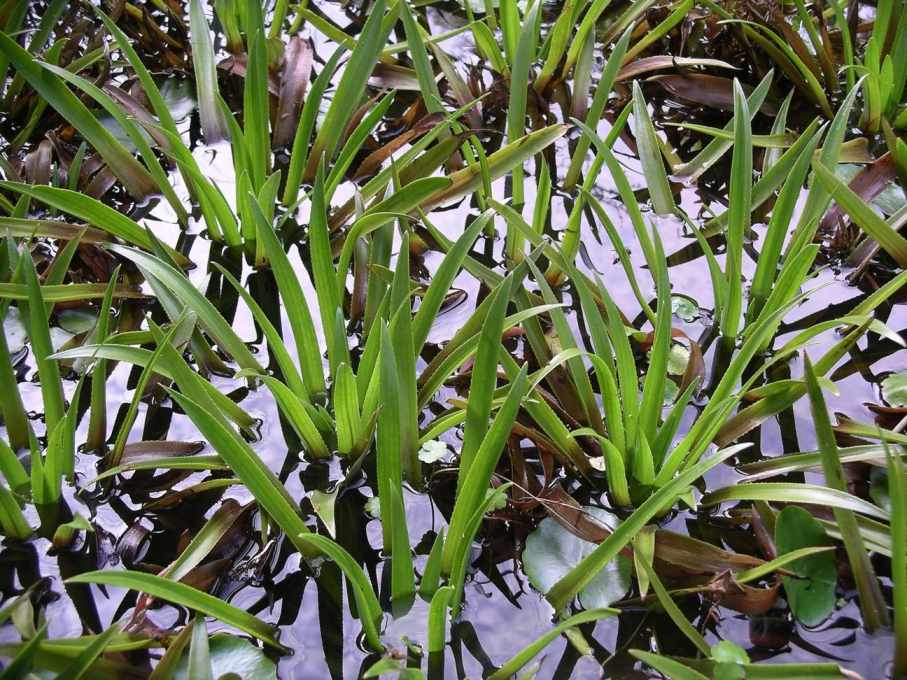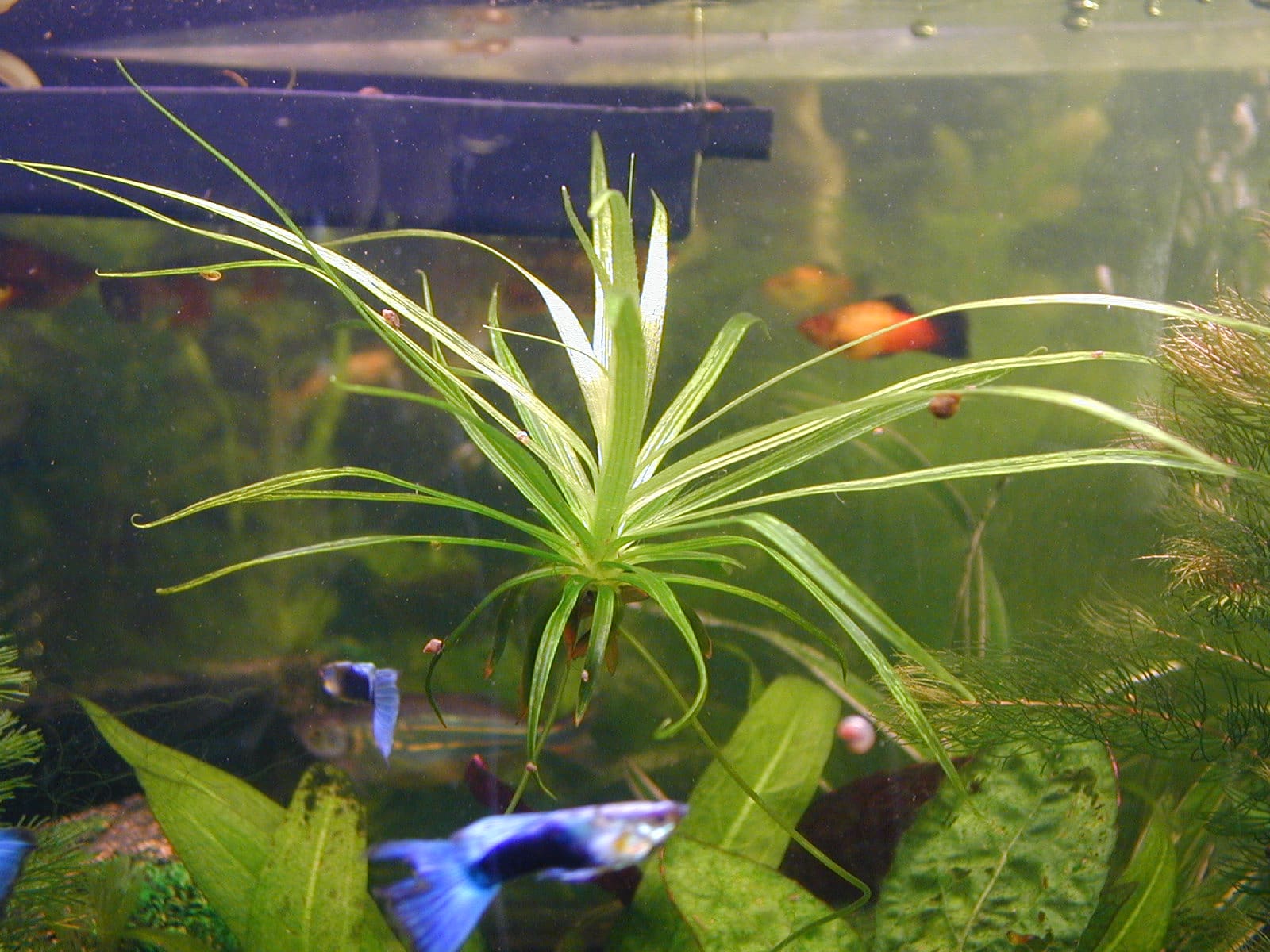In this enlightening discussion titled “What Is The Aquatic Plant Water Soldier”, you embark on a voyage of understanding about this unique aquatic plant species. The piece engenders a comprehensive exploration of the Water Soldier, a herculean marsh dweller endowed with distinctive features, ecological significance, and several usage scenarios. By assimilating this knowledge, you unlock a trove of botanical insights that enhance your awareness of the realm beneath the water’s surface. So, prepare yourself for the divulgence of complex concepts in botany, made simplistic and intriguing for you.

Overview of Water Soldier
The Water Soldier, also known as Stratiotes aloides, is a fascinating aquatic perennial plant. It is primarily recognized for its ability to thrive submersed in water during the winter months, while it floats atop the water surface during summer.
Scientific classification of Water Soldier
The Water Soldier falls under the Hydrocharitaceae family in the Stratiotes genus. Its scientific name, Stratiotes aloides, derives from two Greek words, “stratiotes,” signifying soldier, and “aloeoides,” suggesting its similarity in appearance to the aloe plant.
Locations where it can be found
The Water Soldier has an interesting geographical distribution. Native to Europe and Western Asia, the plant has been discovered in places as far-flung as Canada’s Ontario province and America’s northeastern states.
Habitats preferred by the Water Soldier
Water Soldiers are predominantly found in freshwater habitats, such as ponds, lakes, and slow-moving rivers. They favor slightly acidic to neutral pH environments and can be seen in areas with abundant sunlight exposure.
Physical Characteristics of Water Soldier
General physical description
The Water Soldier is a striking plant. Its robust, sword-shaped leaves form a rosette that can span up to 40cm. The leaves are serrated along the edges, and their deep green color contrasts dramatically with their white flowers that bloom in summer.
Variations among different species
Despite its uniqueness, the Water Soldier is the sole species of the Stratiotes genus, thereby limiting the extent of interspecific variations.
Unique characteristics distinguishing it from other aquatic plants
The Water Soldier stands out among other aquatic plants due to two primary characteristics. First, its coherent rosette structure and second, its ability to adjust its buoyancy according to seasonal changes, rising to the water’s surface during the summer and sinking to the bottom in winter.

Life Cycle of Water Soldier
Stages in the life cycle of a Water Soldier
The life cycle of a Water Soldier begins as a seed sinking to the water bottom. It gradually transforms into a rosette-shaped plant floating atop water bodies during the summer.
Duration of each stage
The exact duration of each life stage of the Water Soldier could vary depending on surrounding environmental conditions. Still, it remains submerged throughout winter and floats to the surface in summer.
Impact of environmental factors on the life cycle
Environmental factors significantly influence the Water Soldier. For instance, sudden changes in water pH levels can affect its ability to control buoyancy. Moreover, increased turbidity in the water might hinder the growth and reproductive capacity of the plant by blocking sunlight.
Water Soldier’s Reproduction
Methods of reproduction in Water Soldier
Water Soldiers predominantly reproduce vegetatively, with new plants developing from the parent plant’s offsets. However, sexual reproduction through flower pollination also occurs, though it is much less common.
External factors influencing reproduction
External factors like sunlight, temperature, water pH, and nutrient availability can significantly influence the reproductive process of the Water Soldier.
Common reproduction times
While reproduction can occur throughout the year, it is most prominent in late spring and early summer when the plant begins to float on the water’s surface.

The Role of Water Soldier in the Ecosystem
Benefits to other aquatic organisms
Water Soldiers provide valuable habitat for myriad aquatic species. Their leaves offer shade, shelter, and breeding grounds for various fish, amphibians, and invertebrates.
Water Soldier and nutrient cycling
Water Soldiers play a crucial role in nutrient cycling within the aquatic ecosystem. They absorb nutrients directly from the water, thereby reducing nutrient load and preventing issues like algal blooms.
Impact on water quality
The Water Soldier helps maintain water quality by filtering the water and absorbing excess nutrients. It also oxygenates the water, improving the environment for other aquatic fauna.
Adaptations of Water Soldier
Physical adaptations to aquatic life
Adaptations making the Water Soldier suited to aquatic life include its buoyancy control ability, robust leaves that resist tearing, and the formation of a dense mass of roots that absorb nutrients directly from the water.
Behavioural adaptations for survival
A key behavioral adaptation of the Water Soldier is its seasonal flotation and submersion pattern. This behavior ensures the plant can survive winter when water bodies might freeze.
Role of these adaptations in sustaining the species
These adaptations are crucial for the survival of the Water Soldier. They enable the plant to inhabit a wide range of aquatic environments, thrive in different climatic conditions, and out-compete other species for resources.

Threats to Water Soldier
Natural threats experienced
Predation by herbivores, competition from other aquatic plants, changes in water pH and temperature, and diseases are some of the natural threats Water Soldiers face.
Threats due to human activities
Human activities such as drainage of aquatic habitats, pollution, eutrophication, and introduction of invasive species pose significant threats to the Water Soldier populations.
Impact of climate change on the Water Soldier
Climate change and its associated impacts – temperature fluctuations, changing precipitation patterns and increased occurrence of extreme weather events, could potentially disrupt the life cycle and reproductive patterns of the Water Soldier.
Conservation Status of Water Soldier
Current conservation status
Currently, the Water Soldier is not of global conservation concern. However, in some regions, particularly where it is non-native, it is facing threats due to habitat destruction and competition with invasive species.
Major reasons for its status
Habitat destruction due to human activities and competition for resources with other aquatic plants have contributed to some regional declines in Water Soldier populations.
Conservation efforts in place for the species
Several conservation efforts have been initiated to protect the Water Soldier. These include restricting the disturbance of its habitats and implementing control measures against invasive species that pose threats to it.

Use of Water Soldier in Aquascaping and Aquariums
Role in aquariums and aquascapes
The Water Soldier is occasionally used in aquariums and aquascapes due to its aesthetic appeal, ease of care, and ability to improve water quality.
Care and maintenance requirements
Water Soldier requires minimal care and maintenance. It tolerates a wide range of water conditions but prefers slightly acidic to neutral pH. It thrives in bright, indirect sunlight, and needs occasional pruning to manage growth.
Benefits and disadvantages of having Water Soldier in your aquarium
Having Water Soldier in an aquarium offers numerous benefits such as improving water quality, adding aesthetic appeal, and providing a habitat for fish. However, it can quickly cover a water surface, potentially shading out other plants, and outcompete them for resources.
Mythology and Cultural Significance of Water Soldier
Historical references and significance
Historically, Water Soldier is featured prominently in European folklore, known for its floating behavior, which inspired its nickname as the ‘water pineapple’.
Mythology surrounding the plant
The plant’s Greek name ‘Stratiotes,’ meaning soldier, adds to the mythology surrounding the plant, relating to the perceived strength of the plant in battling harsh environments.
Modern cultural interpretations and uses
Modern interpretations view the Water Soldier’s buoyancy characteristic as a symbol of adapting and thriving, regardless of changes. It continues to be used in herbal medicine in some cultures, and its use in aquariums and water gardens is gaining popularity.